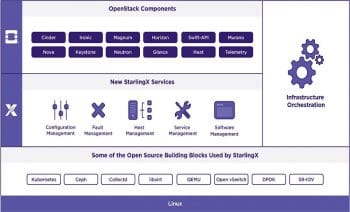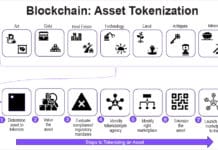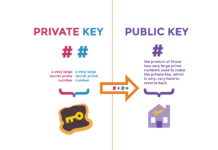StarlingX open source edge computing and IoT cloud platform has a fully integrated stack to support distributed edge applications

StarlingX open source edge computing and IoT cloud platform first release is available now. This platform is optimized for low latency and high performance applications. The project is supported by the OpenStack Foundation (OSF) and its code is contributed by Wind River and Intel Corporation.
Important capabilities of this platform are:
Configuration Management —The code used in this platform offers node configuration and inventory management services with auto-discovery and configuration of new nodes. And this is important for deploying and managing large numbers of remote or hard-to-access sites. The Horizon graphical user interface and a command-line interface manage the inventory of CPUs, GPUs, memory, huge pages and crypto/compression hardware.
Fault Management – This framework allows you to set, clear and query custom alarms and logs for significant events for both infrastructure nodes as well as virtual resources such as VMs and networks. You can access the Active Alarm List and Active Alarm Counts Banner on the Horizon GUI.
Host Management —The software provides lifecycle management functionality to manage host machines via a REST API interface. This vendor-neutral tool detects host failures and initiates automatic recovery by providing monitoring and alarming for cluster connectivity, critical process failures, resource utilization thresholds and hardware faults. The tool also interfaces with the board management controller for out-of-band reset, power-on/off and hardware sensor monitoring and shares host state with other StarlingX components.
Service Management —StarlingX provides lifecycle management of services by providing high availability through redundancy models like N+M or N across multiple nodes. The service supports the use of multiple messaging paths to avoid split-brain communication failures as well as active or passive monitoring to specify the impact of a service failure with a fully data-driven architecture.
Software Management —This service allows users to deploy updates for corrective content and new functionality with a consistent mechanism applicable for all infrastructure stacks from the kernel up to OpenStack services. The module can perform rolling upgrades including parallelization and support for host reboot allowing the moving of workloads off of the node by using live migration.
Use Cases Reflect the Need for High-Performance Edge and IoT Infrastructure
- Ultra low-latency 5G and industrial IoT use cases including industrial automation, cloud radio access network and smart city/buildings (metering and monitoring)
- Multi-access edge computing applications including augmented and virtual reality (AR/VR) and location-based retail
- High-bandwidth, large-volume applications including mobile high-definition video, content delivery and caching, and surveillance
- Enterprise-focuses on small cell services for stadiums and high-density locations
- Universal customer premise applications (uCPE)
To know more about this platform click here.












































































